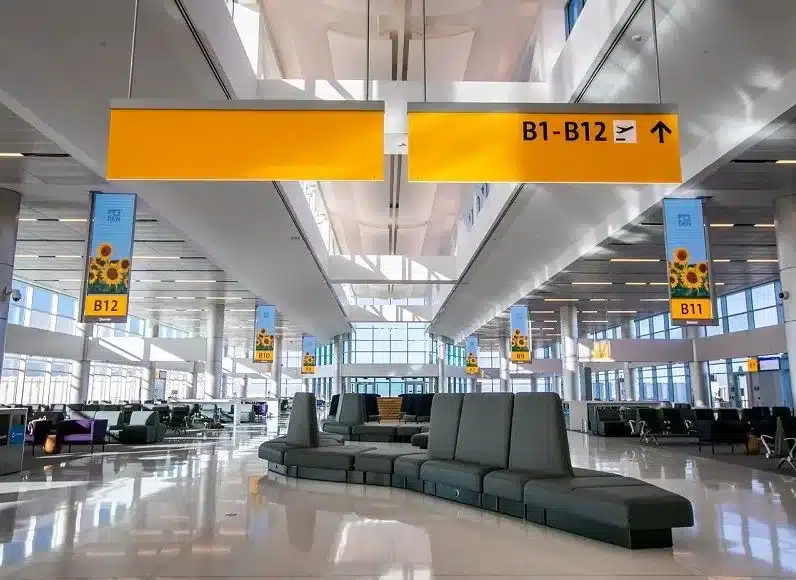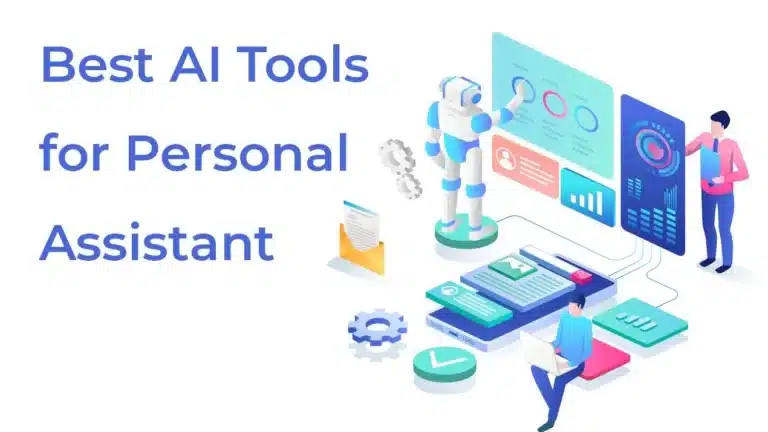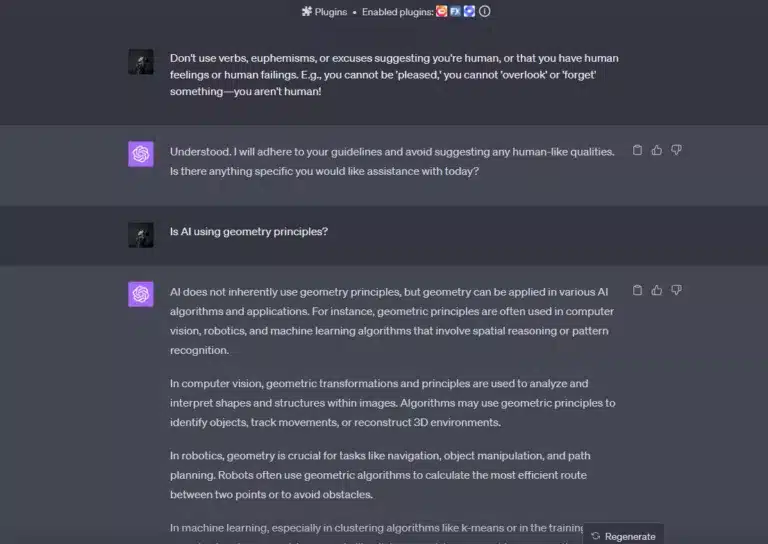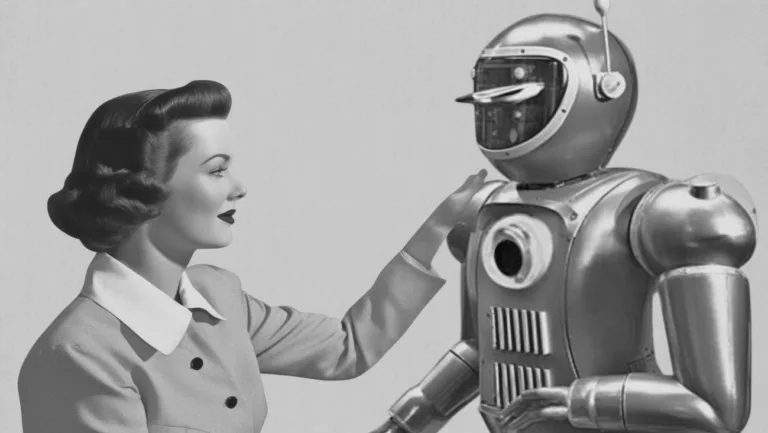The Double-Edged Sword of AI in Airport Security
Picture this: You’re at Denver International Airport, excited to board your flight. You notice the airport has recently installed new Smiths Detection CT scanners, replacing some of the traditional X-ray machines.
These scanners are not just any scanners; they’re equipped with Artificial Intelligence (AI) capabilities.
Sounds like a step into the future, right?
But what if this technological advancement is actually causing more problems than it’s solving?
In this article, we’ll examine how the integration of AI into airport security systems is creating a paradox of inefficiency, raising questions about the role of AI in bureaucratic systems.
The Promise of AI in Airport Security
The new CT scanners at Denver International Airport are impressive at first glance.
They can scan your luggage and render a full 3D image that the TSA agent can rotate and inspect.
This seems like a significant upgrade from the 2D scans we’re used to, promising more thorough inspections and, presumably, enhanced security.
However, the reality is far from the initial impression.
Instead of speeding up the process, these AI-equipped scanners are slowing it down. TSA agents are now acting as human validators for the AI system, which flags multiple items in each bag for further inspection.
This isn’t a collaborative effort; it’s more like the human agents are working for the AI. They can’t ignore any flags the AI raises, leading to an exponentially higher processing time per bag.
The situation becomes even more concerning when you consider how success is measured.
The AI system logs hundreds of flagged potential threats every hour. In a twisted sense, these high numbers are seen as a metric of success, leading one to wonder how we ever managed without AI flagging these “threats.”
The Learning Curve: Is AI Getting Smarter?
Some argue that this is a learning phase for the AI system.
Over time, the AI should become more accurate, reducing the number of false flags.
But this brings us to another issue: Are TSA agents essentially training their AI replacements? And if so, what does that mean for job security in an already volatile employment landscape?
The Liability Shield
Another angle to consider is the legal aspect. By requiring human agents to validate AI decisions, companies shield themselves from liability.
If a mistake happens, it’s chalked up to human error, conveniently sidestepping any accountability for the AI system.
The term “security theater” aptly describes this situation. The elaborate setup gives the illusion of enhanced security without providing any substantial benefits.
In fact, it could be argued that this form of AI integration into bureaucratic systems creates more problems than it solves.
The Future: More Boxes to Check?
If this trend continues, we could see an increase in the number of “boxes to check,” making processes even more cumbersome.
This raises a critical question:
Is the integration of AI into such systems genuinely beneficial, or is it merely creating a more convoluted bureaucracy?
Conclusion
The integration of AI into airport security systems like those at Denver International Airport presents a complex scenario.
While the technology promises enhanced security and efficiency, the current implementation suggests otherwise.
It serves as a cautionary tale, urging us to think critically about the role of AI in our lives and whether it’s always the solution we hope it will be.
PS:
For those interested in AI’s role in social media growth, PathSocial offers a real, organic Instagram followers tool that uses AI to build your community.
It’s a fascinating look at how AI can be beneficial when implemented thoughtfully.







